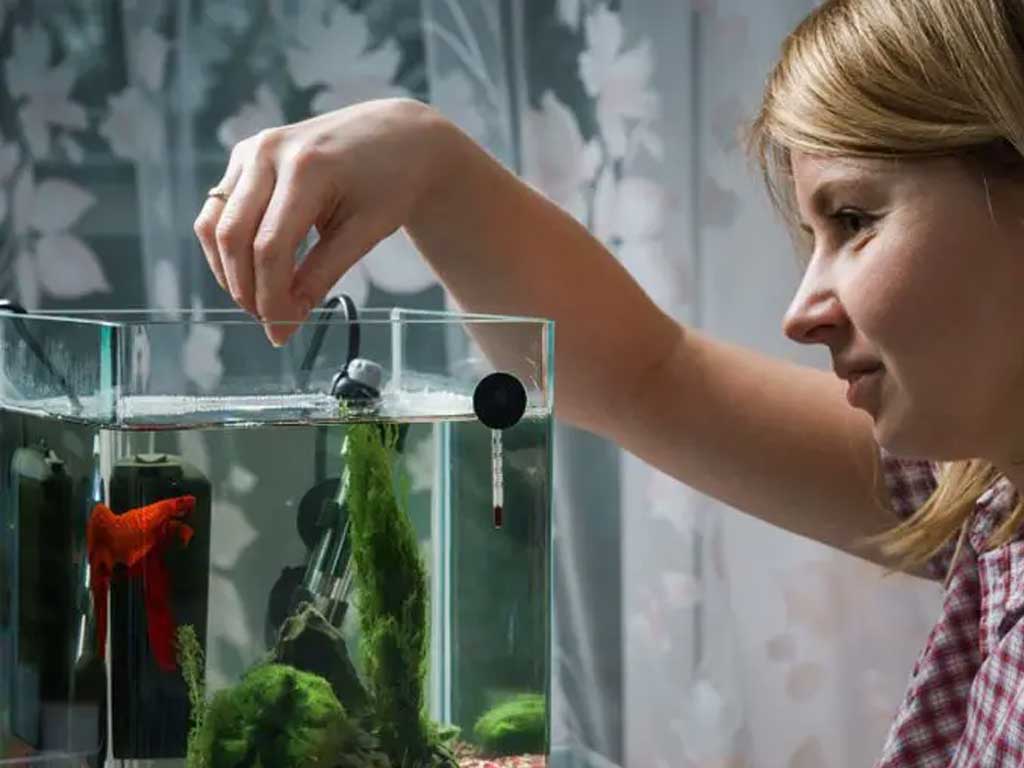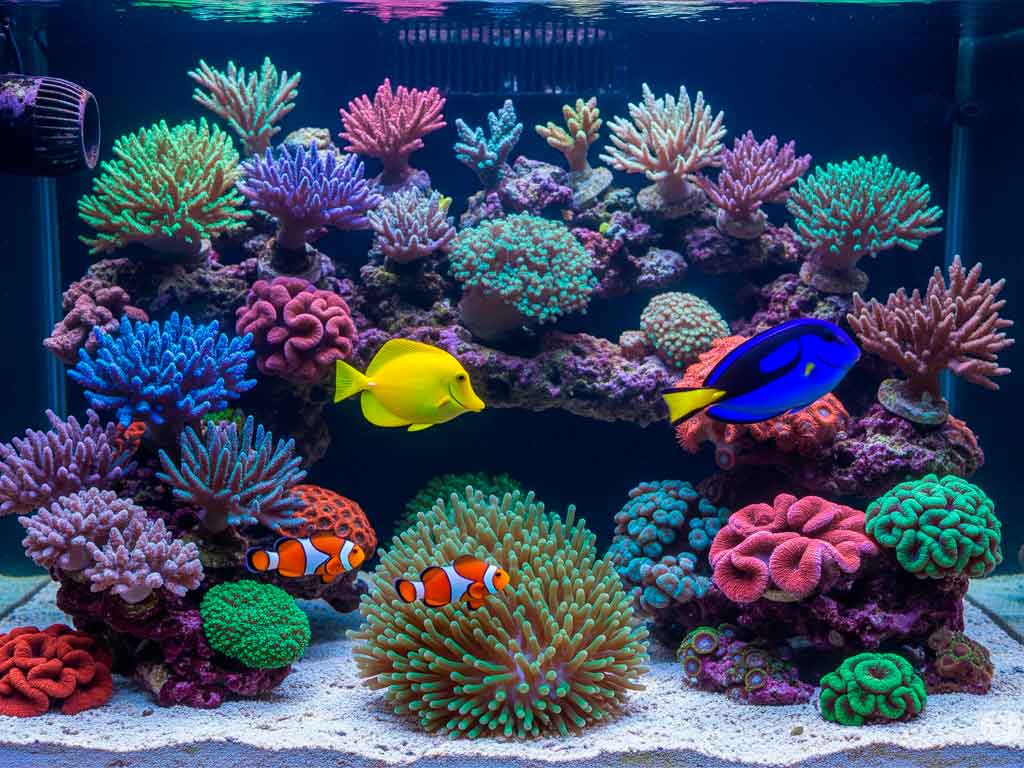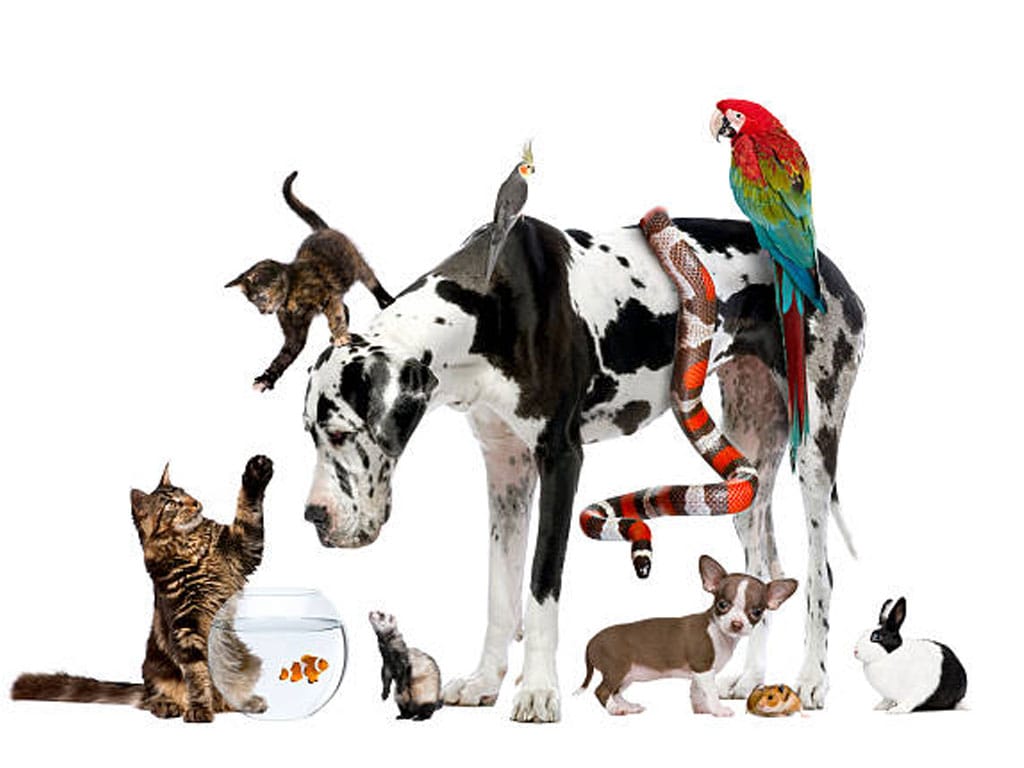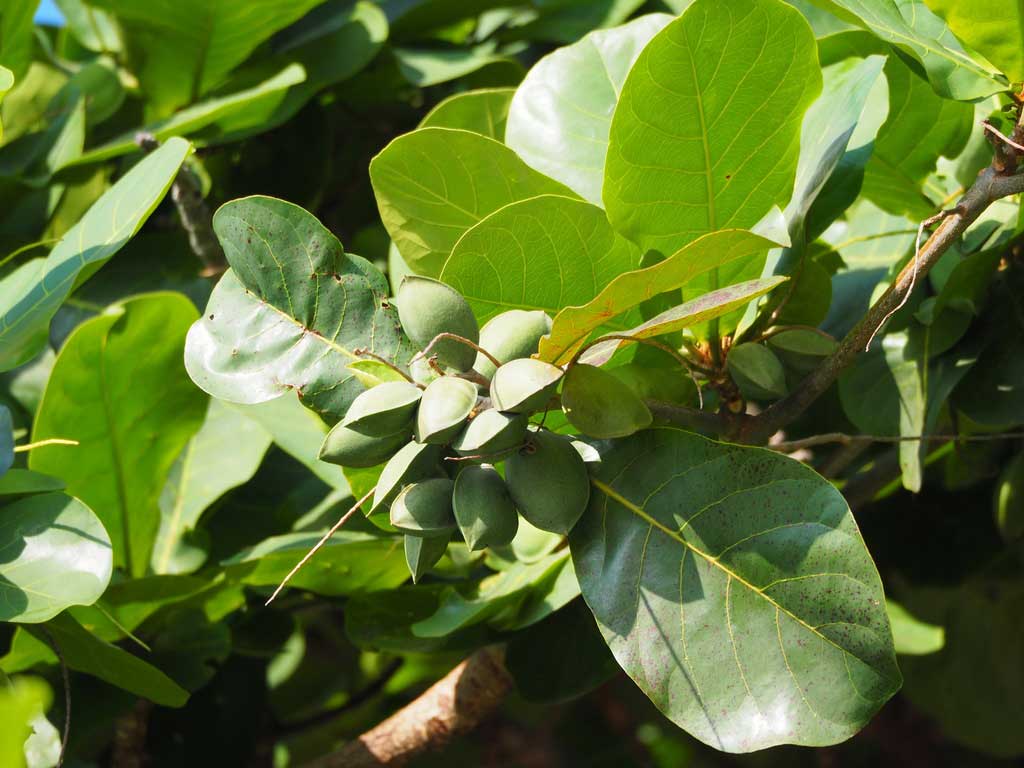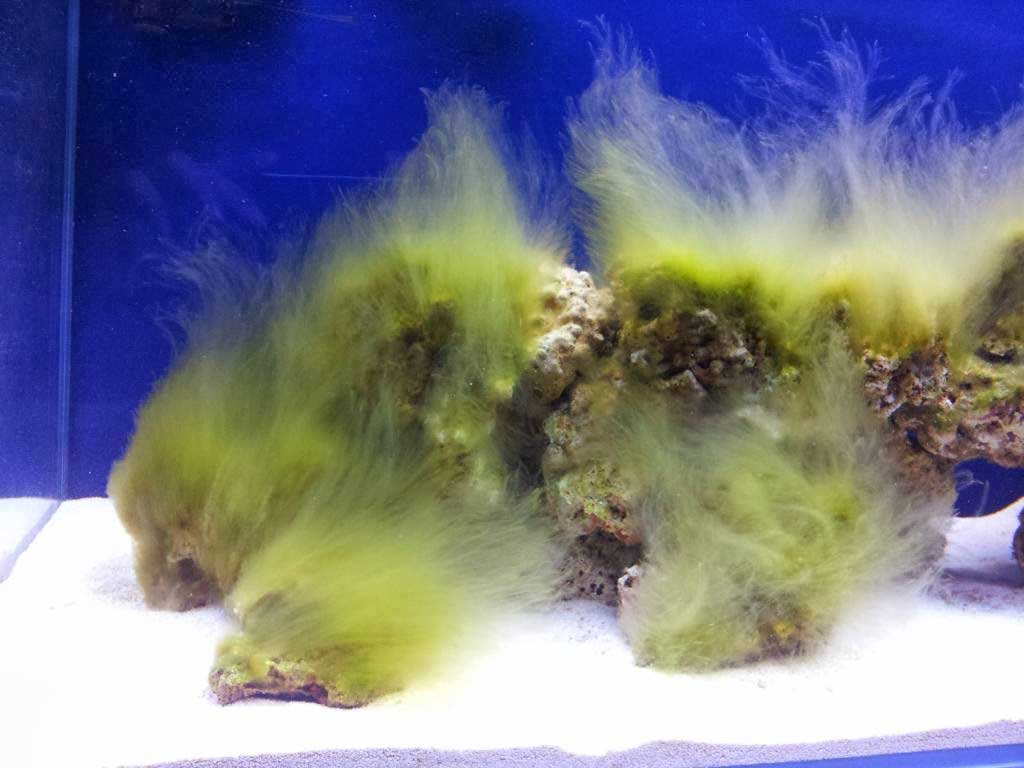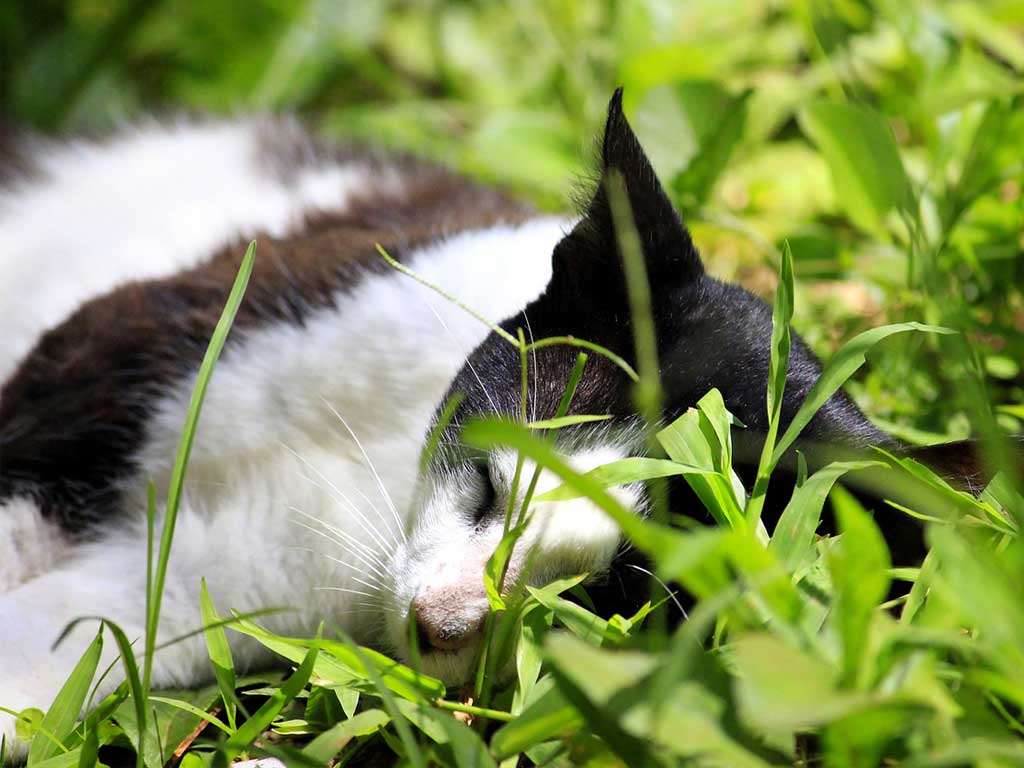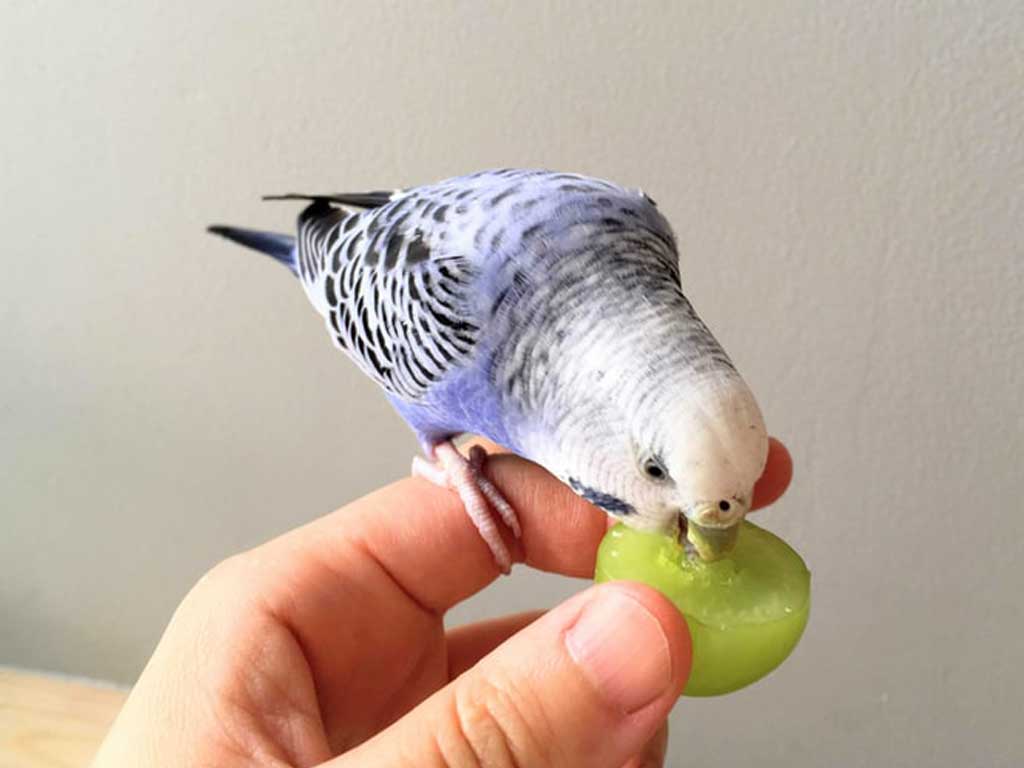Proper feeding of ornamental fish is essential to keeping them healthy, vibrant and active. In this article, we will explore the different aspects of fish nutrition, from dietary variety to best feeding practices. We will discuss the different types of foods available, how to choose the most suitable ones for each species, and how to avoid common problems associated with feeding.
The Importance of Diversified Diet
A varied diet is crucial to ensure that fish receive all the necessary nutrients. Even the best food, if used exclusively, cannot provide all the nutritional benefits that fish need. In the wild, fish do not eat the same type of food every day. Therefore, replicating this variety in the aquarium is essential for its well-being.
Benefits of a Varied Diet:
- Complete Nutrition: Different types of foods provide different essential nutrients.
- Mental and Physical Stimulation: Varying the diet keeps the fish active and mentally stimulated.
- Better General Health: A diversified diet helps improve disease resistance and promote vibrant coloration.
Types of Food for Ornamental Fish
Dry food
Leaflets:
Flakes are probably the most common type of food for ornamental fish. They are designed to float on the surface, making them ideal for fish that feed at the top of the aquarium. They are easy to dose and store, but it is important to choose high-quality products that do not contain excessive amounts of fillers.
Pellets:
Pellets are available in different sizes and compositions, suitable for a wide range of species. They can float, slowly sink, or fall to the bottom, making them versatile. It is essential to select pellets that suit your fish’s mouth and eating habits.
Frozen food
Mosquito larvae:
Mosquito larvae are an excellent source of protein and are particularly appreciated by many types of fish. They can be a good option to complement the daily diet and provide additional nutrition.
Shrimp:
Frozen shrimp, like brine shrimp, are another popular food. They offer high quality proteins and are very palatable to fish. Be sure to thaw them properly before feeding to avoid digestive problems.
Freeze Dried Foods
Tubifex and Daphnias:
These dehydrated foods are rich in nutrients and easy to store. Tubifex and daphnia are popular options that can enrich your fish’s diet. They are ideal for complementing other types of foods and providing variety.
Vegetables and Spirulina
Cucumber and Zucchini:
Fresh vegetables are essential for herbivorous fish. Cucumber, zucchini, and spinach are great options that provide fiber and vitamins. They can be cut into small pieces and immersed in the aquarium.
Spirulina:
Spirulina is an algae rich in proteins and vitamins, particularly beneficial for herbivorous fish. It can be found in powder, flake or pellet form and should be regularly incorporated into the diet to keep fish healthy.
Frequency and Amount of Feeding
Determining how much and how often to feed your fish depends on the species and their eating habits. In general, a rule of thumb is to feed fish what they can consume in 2-3 minutes, two or three times a day. Bottom-dwelling fish, such as catfish and loaches, may need up to 5 minutes to feed adequately.
Factors to Consider:
- Age and Size of the Fish: Young and growing fish require more food compared to adults.
- Water Temperature: Fish in warmer waters have a faster metabolism and may need to feed more frequently.
- Species and Feeding Habits: Species such as discuses require special attention due to their specific feeding habits.
Benefits of Good Nutrition
Proper nutrition not only keeps fish healthy, but also improves their disease resistance, coloration, and activity level. Additionally, it reduces waste in the aquarium, which helps keep the water cleaner and reduces algae growth.
Key Benefits:
- Disease Resistance: A diet rich in vitamins and minerals strengthens the immune system of fish.
- Improved Coloration: Specific foods can enhance the natural colors of fish, making them more vibrant.
- Increased Activity: Proper nutrition keeps fish active and energetic.
Practical Tips for Nutrition
- Identification of Nutritional Requirements: Each species of fish has unique nutritional needs. Research and adjust the diet according to the species you have in your aquarium.
- Avoid Live Foods: Feeding predatory fish live foods can introduce diseases. Opt for frozen or dried foods.
- Feeding Schedule: Feed the fish at least 30 minutes after turning off or before turning on the aquarium lights to simulate their natural environment.
- Food Storage: Keep dry foods away from moisture and do not handle them with wet hands to avoid contamination.
- Use of Automatic Feeders: If you have a busy schedule, an automatic feeder can help you maintain regular feeding.
- Food for Bottom Fish: Bottom-feeding species, such as botias and corydoras, need sinking food tablets.
Quality Food Selection
Read the Tags:
Be sure to check the ingredients of your fish food. High-quality products should list animal or plant-based proteins as the first ingredients, and avoid unnecessary fillers such as wheat flour or corn.
Manufacturer Reputation:
Opt for well-known and trusted brands that have good reviews and a proven track record in producing fish food.
Proper feeding of ornamental fish is a critical factor for their health and well-being. By providing a high-quality, varied diet and following best feeding practices, you can ensure your fish live a long, healthy life. Don’t underestimate the importance of researching and adjusting your fish’s diet based on their specific needs to maintain a vibrant and healthy aquarium.

